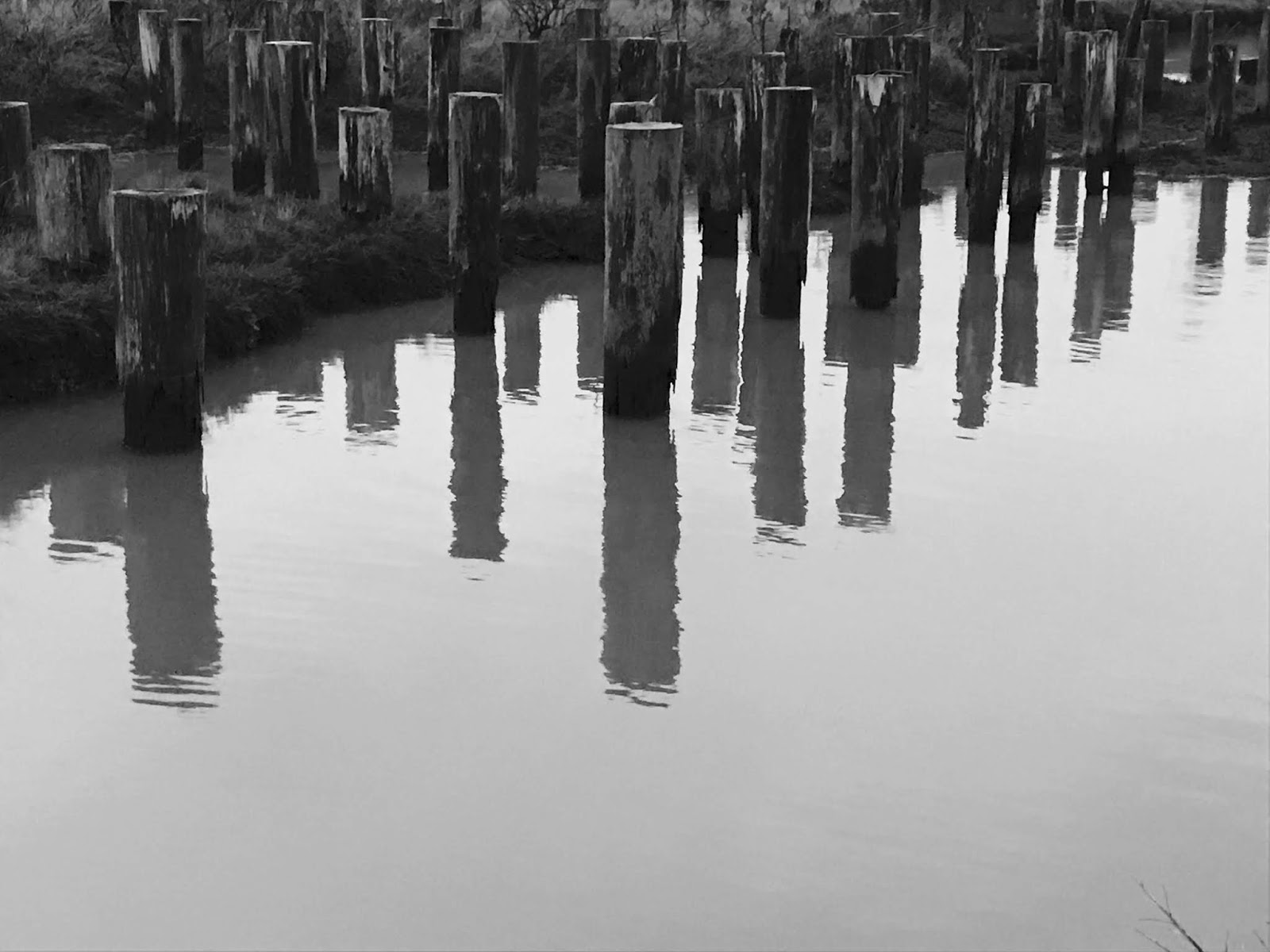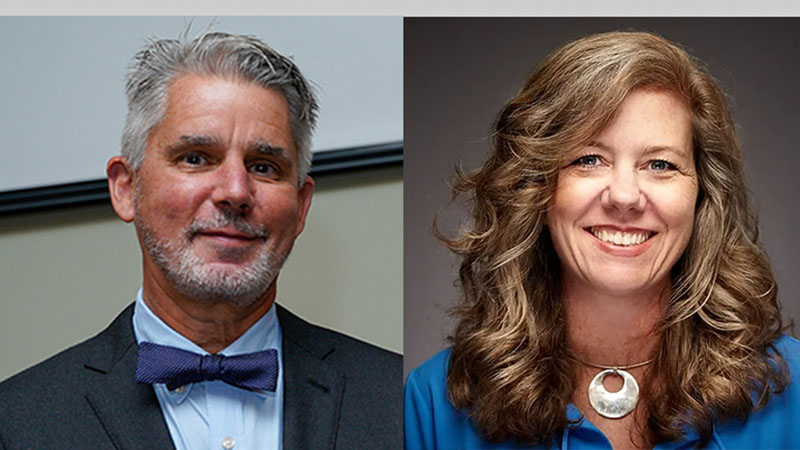
Imagine walking into a mythological epic and giving advice. Center stage, Achilles is about to take out Hector. From stage right, a guy in a white coat, Orthopedicus, confidently strides up to Achilles and offers reconstruction of the big tendon that joins his calf to his heel, noting that if he cuts it and reattaches it, Achilles will do better as he has seen with so many other patients. Achilles is distracted by the battle, only half listening to Orthopedicus, and nods his assent. Tragically, he dies on the table the moment the tendon is cut.
I propose this is exactly how most medical care is offered. We see a problem, we fix it. The back story (whom the problem is attached to, for instance) is too hard to gather in the midst of a busy clinic, a busy emergency room, a busy day of hospital rounds.
We have created a specialty that takes time to consider the whole person. Palliative care often improves outcomes, alleviates suffering and saves money. It is a wonderful thing. In my experience, though, it remains relegated to some place in the wings of the theater, maybe not even on the stage. And most of the players have no idea what the role of palliative care should be.
Recently, a dear elder family member entered a reputable, large city hospital. A person with a rich history, a supportive family, and a primary care physician in the same system as the hospital, he was met with zero curiosity. No time was taken to understand who and how he was a week ago, much less throughout his life. He ended up having a sentinel event in the hospital, followed by poor communication and assumptions about what the best course of action would be. Surgery was planned without any discussion. This is where I entered, stage left, as the family member who knows the system. But how many people have someone like that to call upon?
I knew to request palliative care. When I suggested it, there were comments from staff like “but his pain doesn’t seem that bad”, or “is he really at that point?” Palliative care was available…in five days. When they arrived, it was a relief, but also he was already actively dying.
In the midst of all of this, my family member was often delirious and scared. But in a moment of clarity he looked at us and said “the view from here is very different from the view outside this bed.” We laughed nervously. His reply, “it is really not funny.”
We place our elders in hospital rooms set up for the ease of staff, in beds that can cause injury. Their glasses and hearing aides and teeth are out of reach. In this case, the call light he could identify was broken and the working one was hanging behind his bed. Vitals are checked and labs drawn in dark, early hours. We choose bed alarms and restraints over a human being sitting at bedside. Our patients are old, vulnerable and confused. We are too busy to tend to their needs.
This personal experience was a stark reminder that although the concept of palliative care is much more mainstream than when I started practice twenty years ago, it is still largely an academic discussion, something we write about, like I am now. I am preaching to the choir.
As a medical director of a PACE program (Program of All Inclusive Care for the Elderly) I often run medical interference for our participants. Which usually means stopping the action for a minute to hand all of the players the script. Who is this person? What are their goals of care? What is their usual baseline? What are their strengths? What is their Achilles heel?
A surgery colleague and mentor would say “never operate on someone on the last day of their life.” I would add to this “don’t walk into the middle of an epic and give medical advice without trying to understand something about the whole story.” Consider the view from the bed. It matters. And we have a long way to go before we understand that.
Jennifer Heidmann, MD, FACP



